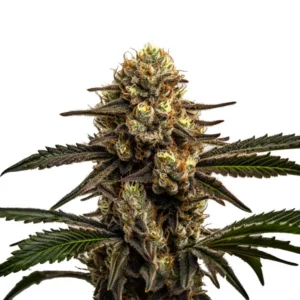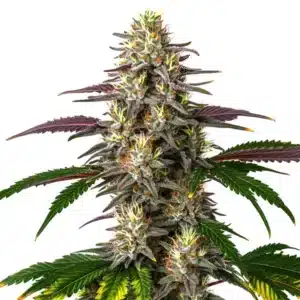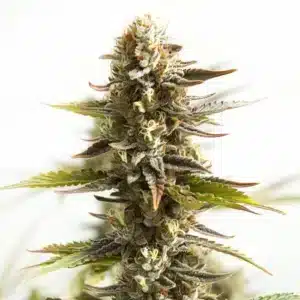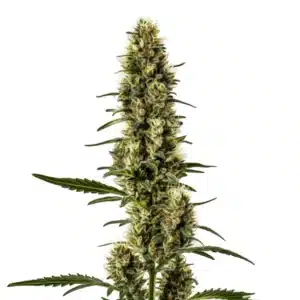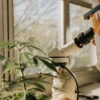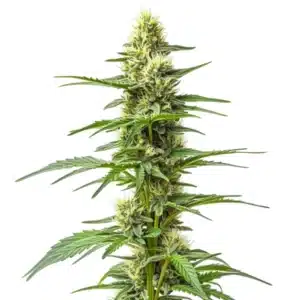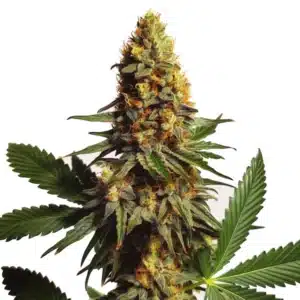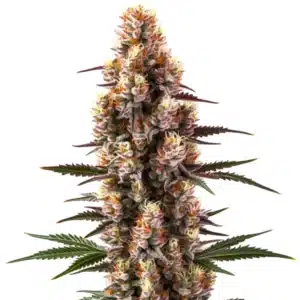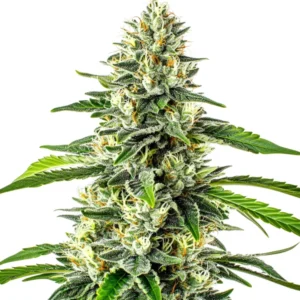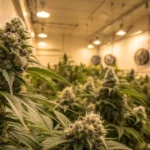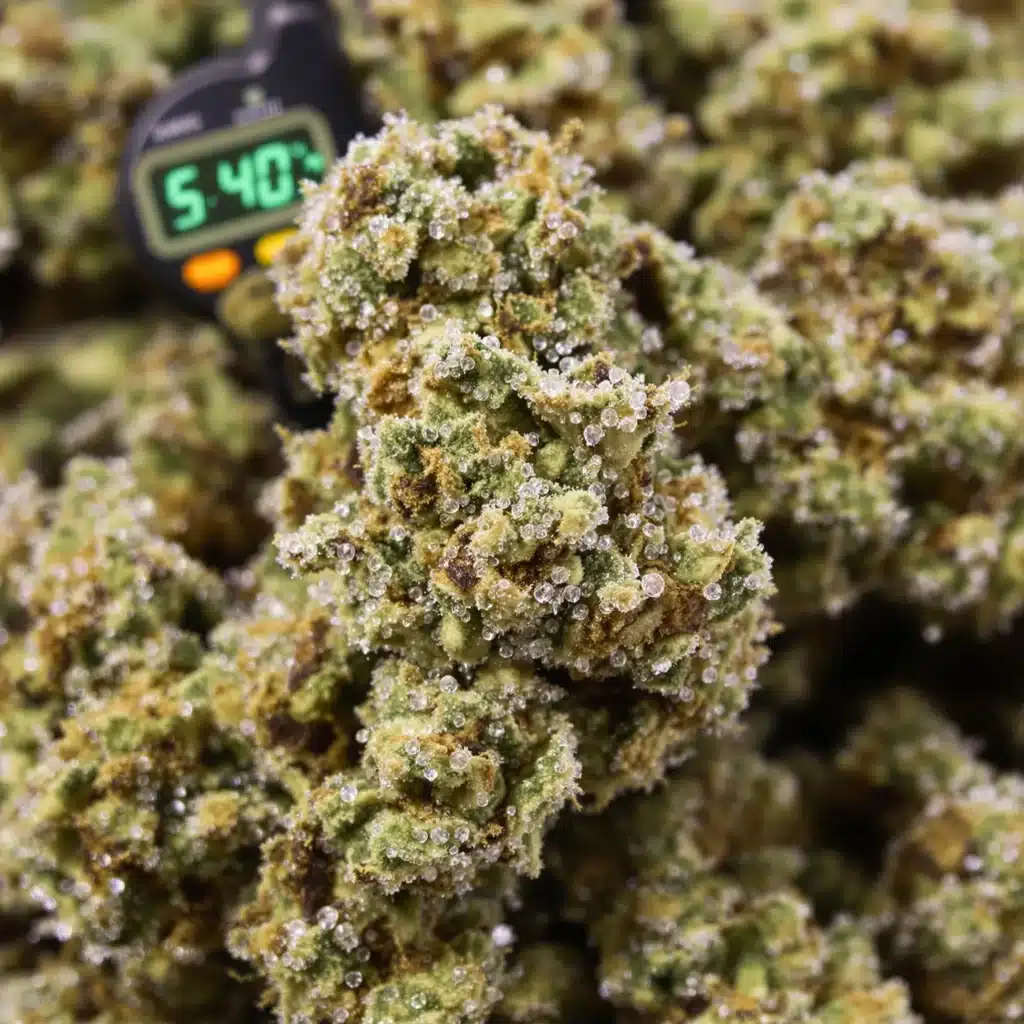
Managing Autoflower Humidity During Flowering for Optimal Results
Imagine putting in weeks of effort cultivating autoflowering cannabis plants only to see your yield compromised due to improper humidity levels during flowering. This stage is pivotal for producing dense, resinous buds, and controlling humidity is critical for achieving the best results. Let’s delve into why managing autoflower humidity during flowering is essential and how to maintain optimal levels for a successful harvest.
The Importance of Humidity Control in Autoflowering Cannabis
Humidity plays a vital role in the growth and development of cannabis plants, especially during the flowering phase. For autoflowers, which are genetically programmed to grow and flower on a fixed schedule, maintaining the right humidity ensures:
Recommended Strains
Apple Fritter
|
|
THC | 22% - 25% (Medium) |
|
|
Type | Feminized |
|
|
Yield | Medium |
|
|
Phenotype | 60% Indica / 40% Sativa |
Apple Fritter Autoflower
|
|
THC | 22% - 25% (Medium) |
|
|
Type | Autoflowering |
|
|
Yield | Medium |
|
|
Phenotype | 60% Indica / 40% Sativa |
- Proper bud formation
- Reduced risk of mold and mildew
- Enhanced terpene and resin production
Autoflowering strains are generally more resilient but are still susceptible to issues caused by improper humidity. Managing autoflower humidity during flowering ensures plants can thrive, producing the dense and resinous buds growers aim for. Poor humidity control can undo weeks of effort, especially in the later stages of flowering when the plant’s focus shifts entirely to bud development.
Promos & Deals
Optimal Humidity Levels During Flowering
During the flowering phase, humidity should gradually decrease to mimic the plant’s natural environment and encourage healthy bud growth. Here are the recommended ranges:
- Early Flowering (Weeks 1-4): 45-50%
- Mid to Late Flowering (Weeks 5-8): 40-45%
- Final Weeks Before Harvest (Weeks 9+): 30-40%
Lowering humidity as flowering progresses helps prevent moisture buildup within dense buds, which can lead to mold and bud rot. Additionally, consistent control ensures the plant can focus energy on producing resin and terpenes, crucial for quality buds. Autoflower humidity during flowering, if managed correctly, leads to optimal growth and bud maturity.
Why Low Humidity Matters in Flowering
- Prevents Mold and Mildew: High humidity levels create an ideal environment for mold, especially in dense, resinous buds. Even slight increases in humidity can lead to bud rot, destroying entire colas.
- Promotes Resin Production: Low humidity signals the plant to protect itself by producing more resin, enhancing potency and flavor. This natural defense mechanism ensures a higher cannabinoid concentration in the final product.
- Encourages Terpene Development: Aromatic compounds (terpenes) thrive in controlled, lower-humidity environments, amplifying the plant’s flavor and aroma profile.
Tools and Techniques for Managing Humidity
1. Hygrometers and Humidistats
Accurate humidity readings are essential. Use a digital hygrometer to monitor humidity levels in your grow space. Place multiple hygrometers at different heights to detect microclimates within your grow area. A humidistat can automate adjustments by controlling devices like dehumidifiers or humidifiers, offering precision control. These tools are indispensable when managing autoflower humidity during flowering.
2. Dehumidifiers
A dehumidifier is a must-have during the flowering stage, especially in regions with high ambient humidity. Choose a model suited to the size of your grow area and ensure it’s positioned to maximize airflow. Large grow spaces may require industrial-grade dehumidifiers, while compact models suffice for smaller tents.
3. Ventilation and Air Circulation
Proper ventilation prevents stagnant air and helps regulate humidity. Install exhaust fans to remove moist air and oscillating fans to keep air moving around your plants. Ensure intake vents bring in fresh air, maintaining an optimal exchange of gases and moisture control. Effective airflow directly impacts autoflower humidity during flowering.
4. Humidity-Absorbing Materials
For small grow spaces, silica gel packs or calcium chloride can help absorb excess moisture. These are cost-effective for micro grows or small tents. Consider using reusable desiccant packs, which can be dried and reused multiple times. These materials are helpful for maintaining consistent autoflower humidity during flowering.
5. Watering Techniques
Overwatering can raise humidity levels. During flowering, water your plants less frequently and avoid watering late in the day to allow the substrate to dry out. Using fabric pots can also improve root aeration and reduce excessive moisture retention. Proper watering practices play a significant role in controlling autoflower humidity during flowering.
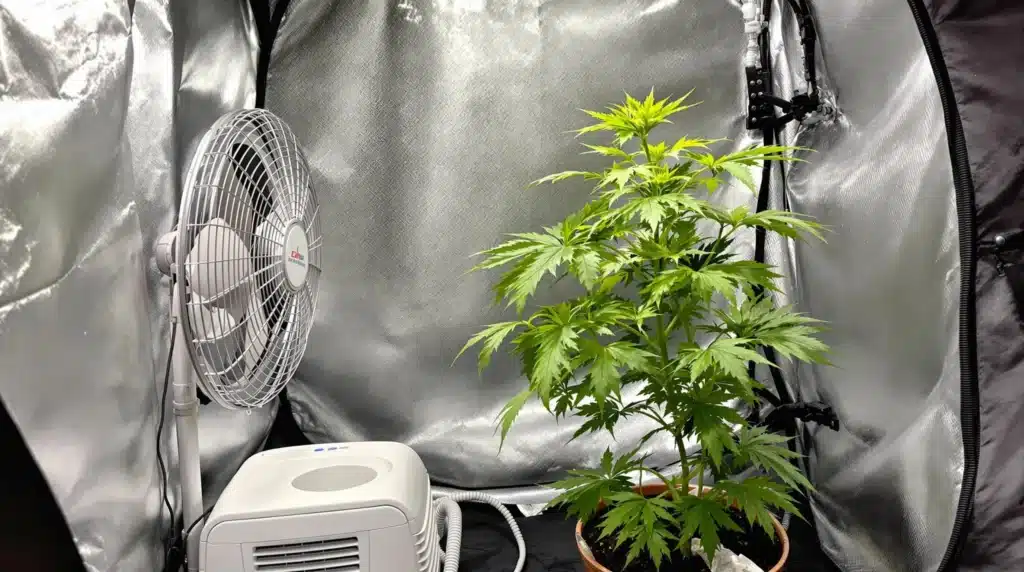
Addressing Common Humidity Challenges
High Humidity
Symptoms:
- Buds feel moist or spongy.
- Presence of mold or mildew.
- Stagnant air in the grow space.
Solutions:
- Increase exhaust fan speed to expel moist air quickly.
- Add a dehumidifier and ensure it runs during the dark period when humidity naturally rises.
- Space out plants to improve airflow, reducing humidity pockets.
- Avoid overwatering and ensure the substrate drains efficiently. Controlling high humidity is a cornerstone of managing autoflower humidity during flowering.
Low Humidity
Symptoms:
- Leaves appear crispy or dry.
- Slower bud development or visible stress.
Solutions:
- Use a humidifier to raise humidity levels gradually.
- Reduce the intensity of exhaust fans to retain some moisture.
- Mist the air (not directly on plants) to add moisture temporarily. Use this method cautiously to avoid raising humidity too high. Balancing low humidity levels ensures optimal autoflower humidity during flowering.
How Humidity Affects Autoflower Genetics
Autoflowering cannabis strains have ruderalis genetics, which make them more adaptable to environmental fluctuations. However, during flowering, even autoflowers benefit from precise humidity control to maximize bud quality and yield. Their shorter life cycle means there’s less room for error, making humidity management even more critical. Properly controlling autoflower humidity during flowering ensures plants can reach their full potential with minimal stress.
Transitioning to Harvest
In the final weeks of flowering, maintaining low humidity is crucial for preventing mold and encouraging resin production. Aim for a range of 30-40% to prepare your plants for harvest. Combine this with proper airflow and consistent monitoring to ensure a smooth transition.
Additional Tips for Late-Stage Humidity Control
- Nighttime Humidity: Humidity tends to rise during the dark period. Run dehumidifiers during this time to maintain stability.
- Bud Density Considerations: As buds swell in the final weeks, ensure there’s sufficient airflow around colas to avoid trapped moisture.
- Monitoring Tools: Use data-logging hygrometers to track humidity trends and adjust settings proactively. These late-stage techniques solidify your management of autoflower humidity during flowering.
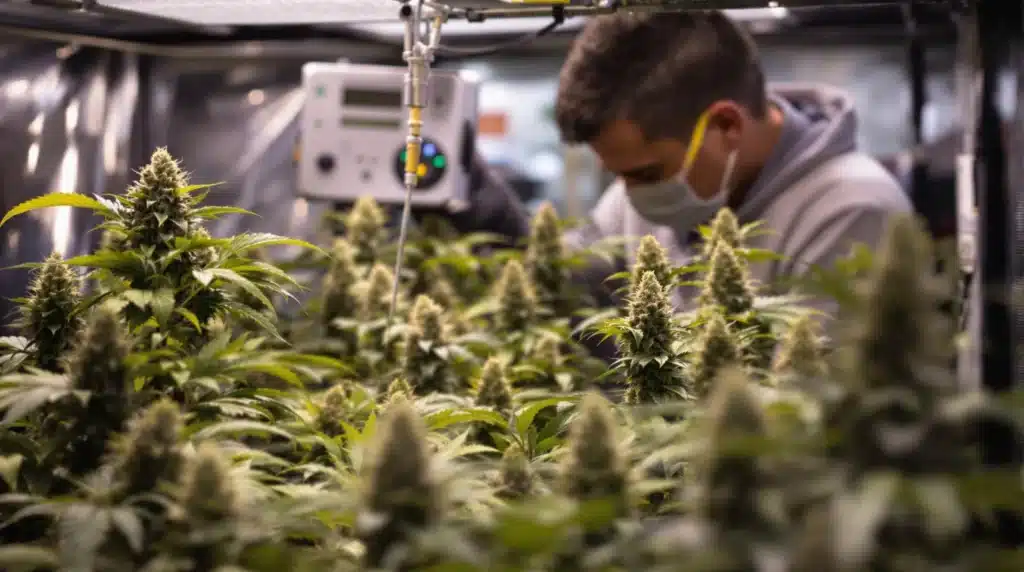
FAQs About Autoflower Humidity During Flowering
What happens if humidity is too high during flowering?
High humidity increases the risk of mold and bud rot, which can ruin your harvest. It also hinders resin production and terpene development, leading to less potent and flavorful buds. Controlling autoflower humidity during flowering can prevent these issues.
Can I use a dehumidifier in a small grow tent?
Yes, compact dehumidifiers are available for small grow tents. Ensure proper placement for optimal performance. Position it near the exhaust fan to maximize efficiency, which is crucial when managing autoflower humidity during flowering.
How often should I check humidity levels?
Check humidity levels at least twice daily, once in the morning and once in the evening. Automated systems can help maintain consistency by reducing manual adjustments. Frequent monitoring ensures stable autoflower humidity during flowering.
Is low humidity bad for autoflowers?
While autoflowers can handle lower humidity levels, extreme dryness can stress the plant. Aim for the recommended ranges to avoid issues such as reduced bud growth or brittle leaves. Balancing conditions is key to optimal autoflower humidity during flowering.
Should I reduce humidity suddenly or gradually?
Gradually lowering humidity is best to prevent plant stress and mimic natural environmental changes. Abrupt drops in humidity can shock the plant and impede bud development. Gradual adjustments ensure a smoother transition in autoflower humidity during flowering.


